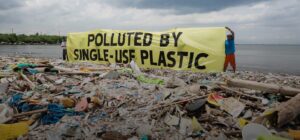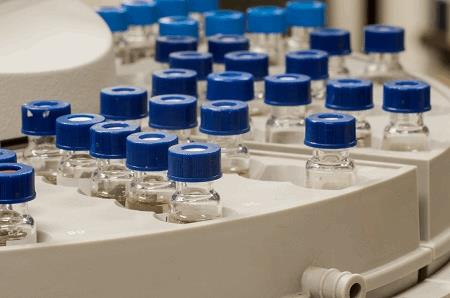The motivation to reduce costs, meet regulatory requirements and improve process flexibility has led many pharmaceutical companies to consider single-use, pre-sterilised plastic equipment systems as an alternative to stainless steel. Single-use equipment makes the pharmaceutical manufacturing process increasingly efficient and less costly. However, with the environmental impact of increased plastic waste making headlines, and limited recycling opportunities facing the industry, is there an environmental trade-off happening?
The benefits of single use technologies
The largest driver leading pharmaceutical companies to consider single-use technology is cost reduction. Pharmaceutical companies can build capacity at a reduced cost than with traditional stainless steel equipment and infrastructure, and this allows for more flexibility to scale up the plant.
There are also environmental benefits from changing to single-use technologies. Traditional stainless steel processes require extensive cleaning schedules depending up on the operation of the plant (i.e. continuous with a clean-in-place (CIP) system or batch operation with shutdowns to clean the plant). The elimination of CIP and its supporting utilities simplifies the facility design, reduces energy use which in turn reduces the capital and operational costs.
Other drivers include:
- Minimised risks to plant operators – the risk of operator exposure to Highly Potent Active Pharmaceutical Ingredients (HPAPIs) during cleaning cycles can be significantly reduced with disposable single-use technologies
- Increase sterility assurance – Product cross-contamination becomes a thing of the past and threats from pathogens are greatly diminished when equipment is used once and then discarded
The challenges of plastic pollution

While recycling appears to be an easy solution, there are a number of challenges facing the pharmaceutical industry in particular. Firstly, most standard recycling programs cannot handle biohazardous or medical waste unless it has been sterilised/pre-treated. Secondly, a number of single-use products used within the facilities are made from multiple plastics. This makes it more difficult and costly to separate in the recycling process; therefore many are either incinerated or sent to landfill.
Re-use is possible for some components, and alternative bio-based plastics may mitigate the challenges going forward. Current research is centred on bio-based polyethylene (PE) and polyethylene terephthalate (PET), as these materials are durable, made from renewable resources and are easily recyclable alongside their conventional counterparts in existing recycling processes.
Conclusion
The sustainability issue of disposing of plastics after a single-use has raised environmental concerns. However, when compared to traditional pharmaceutical manufacturing involving validated cleaning schedules that require energy, cleaning chemicals and large amounts of water; single-use technology is arguably no less sustainable than stainless steel technology.
By employing the right design and manufacturing processes, reliance on energy can be significantly reduced resulting in a final product with a lower carbon footprint. Use of emerging bio-based plastics can provide sustainable alternative solutions to landfill disposal or incineration.





Hey
Lots of good theory in the blog.SAP technology for Pharmaceutical also helps to manage the business